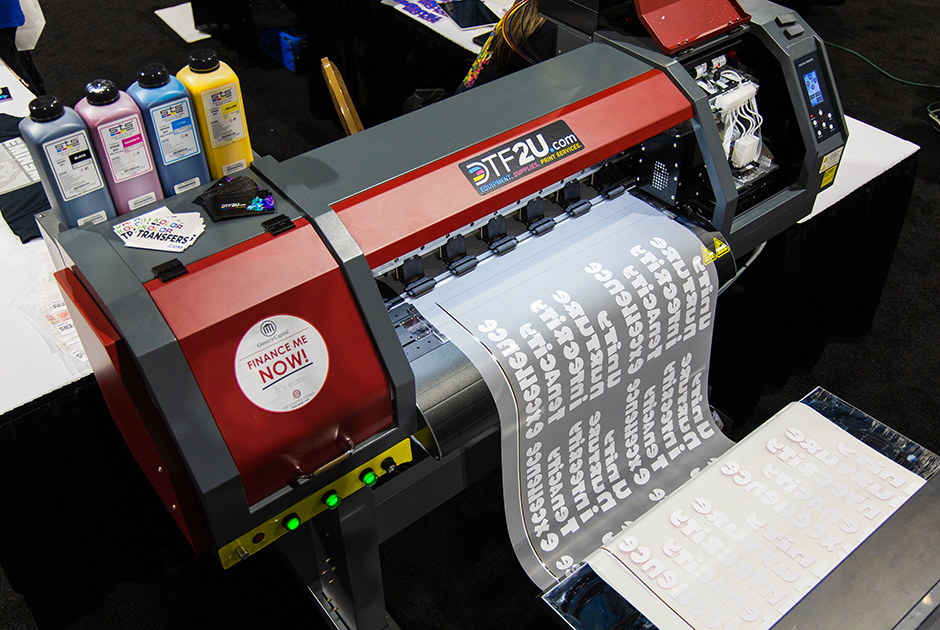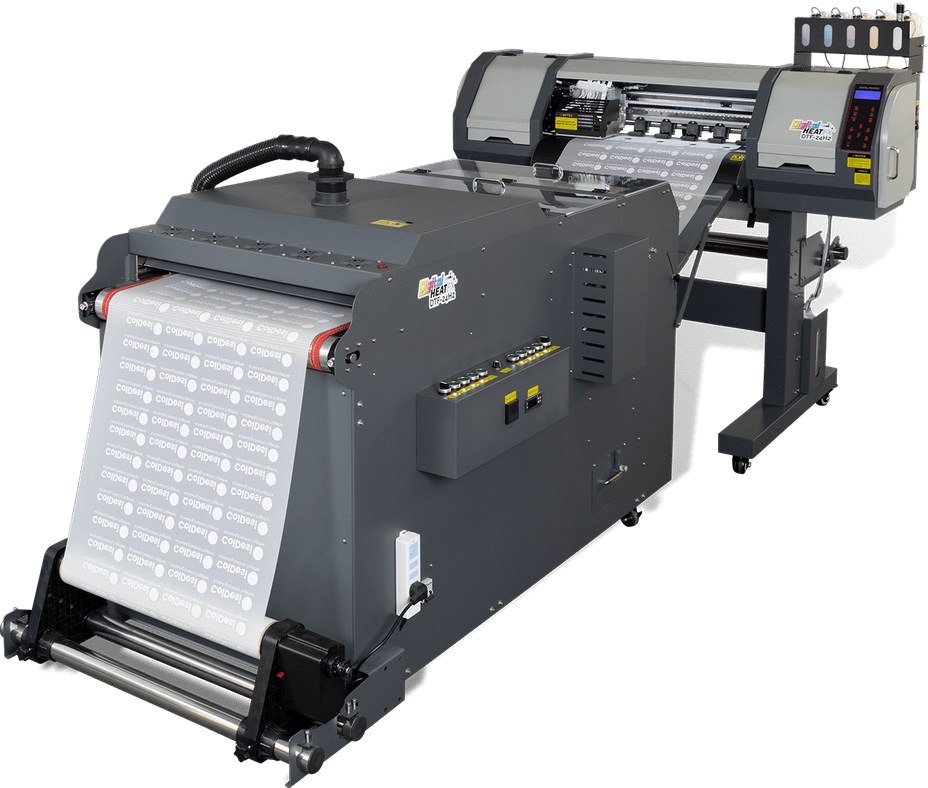Mastering DTF Printing: Tips and Techniques for Getting Vibrant and Resilient Prints
In the globe of fabric printing, attaining vibrant and resilient prints is a desired ability that can raise the top quality of your result. From picking the appropriate products to make improvements print setups and developing post-printing ending up strategies, there are countless aspects that can influence the outcome of your prints.

DTF Printing Fundamentals
For those new to the world of fabric printing, recognizing the basics of DTF printing is necessary to grasping this ingenious technique. Straight to Movie (DTF) printing is a contemporary method that entails moving designs from an unique movie onto different textiles making use of a warm press. Unlike traditional approaches like screen printing, DTF offers benefits such as lively colors, detailed outlining, and the ability to publish on diverse products like cotton, polyester, and blends.
The process begins by publishing the design on an unique DTF film making use of a compatible printer with CMYK or CMYKW ink collections. When the design is published, it is then healed with a heat press to develop a resilient and long-lasting print. DTF printing is recognized for its capability to duplicate complicated layouts with high precision and shade accuracy, making it a preferred selection for companies aiming to produce personalized clothing, advertising things, and extra.
Selecting the Right Products

The adhesive powder acts as a bonding representative in between the printed design and the textile, so it needs to have strong attachment buildings to make sure a durable and long lasting transfer. By thoroughly picking the ideal materials for DTF printing, printers can boost the high quality, vibrancy, and longevity of their prints.
Maximizing Print Setups
When aiming to attain the very best lead to DTF printing, careful attention to maximizing print settings is critical for guaranteeing premium and precise transfers onto textiles. When enhancing print setups is the resolution, one essential facet to consider. Higher resolutions typically lead to sharper and more detailed prints, improving the overall high quality of the transfer. In addition, adjusting the ink density can aid guarantee and attain vibrant colors that the style attracts attention on the fabric.
While increasing the speed can boost performance, it might endanger the final print's clearness and color saturation. Experimenting with different speeds and observing the results can help establish the ideal navigate to this site setup for each print work.
In addition, make improvements shade accounts and guaranteeing appropriate color monitoring are crucial for attaining consistent and exact colors across various prints. By calibrating shade setups and profiles, printers can decrease shade discrepancies and produce consistent results, boosting the general print quality and consumer contentment.
Preparing Artwork for DTF Printing
To guarantee optimum results in DTF printing, meticulous focus to detail is crucial when preparing artwork for transfer onto fabrics. Begin by choosing high-resolution images to keep clarity and intensity in the final print. Vector graphics are favored as they can be quickly scaled without shedding high quality. Transform the artwork to CMYK shade mode to make sure that the colors equate accurately from screen to print. Readjust the color degrees and contrast as needed to boost the vibrancy of the style. When including text to the artwork, pick fonts that are understandable and suitable for the designated dimension. Keep in mind to mirror the last design before publishing to make certain that it transfers properly onto the garment. In addition, think about the material kind and color when choosing the art work, as these variables can affect the final look. By adhering to these steps and paying close interest to the information, you can prepare art work that is maximized for dynamic and long lasting DTF prints.
Post-Printing Finishing Methods
Implementing effective post-printing finishing strategies is critical to boosting the durability and visual allure of DTF prints on textiles. As soon as the printing procedure is total, applying warmth to the published design is essential.
As soon as the film is eliminated, the print may need added treating time to better set the ink right into the fabric. This action aids improve the washability and longevity of the print, ensuring it can hold up against multiple laundry cycles without fading or fracturing.
Furthermore, cutting any excess film around the layout can give the final print a specialist and tidy look. Putting in the time to properly complete DTF prints post-printing can dramatically impact the general high quality and long life of the textile design.

Conclusion
Finally, mastering DTF printing requires a complete understanding of the essentials, selecting suitable materials, enhancing print setups, preparing art work properly, and utilizing post-printing finishing methods. By complying with these methods and tips, visit our website one can achieve dynamic and resilient prints that fulfill their wanted top quality criteria. Regular wikipedia reference technique and focus to information are crucial in attaining effective end results in DTF printing.
From picking the appropriate products to adjust print setups and improving post-printing completing methods, there are various elements that can influence the outcome of your prints. Unlike traditional methods like display printing, DTF uses benefits such as dynamic colors, intricate describing, and the capacity to print on diverse products like cotton, polyester, and blends.
As soon as the style is printed, it is then healed with a warmth press to develop a long lasting and lasting print.When intending to attain the finest outcomes in DTF printing, thorough interest to enhancing print settings is essential for guaranteeing high-grade and exact transfers onto textiles.In verdict, grasping DTF printing requires a detailed understanding of the fundamentals, selecting ideal materials, maximizing print settings, preparing art work efficiently, and utilizing post-printing completing techniques.
Comments on “Grasping DTF Printing: A Comprehensive Overview to Direct-to-Film Techniques”